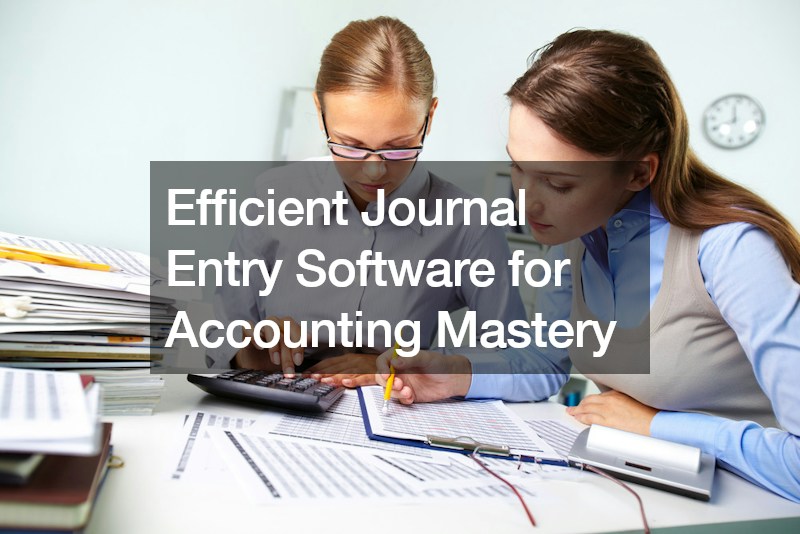
In the dynamic landscape of finance and accounting, precision and efficiency are crucial elements for success. One fundamental aspect of maintaining accurate financial records is the art of journal entries. However, with the intricacies of transactions and the limitations of traditional T Accounts, the need for efficient Journal Entry Software becomes increasingly apparent. In this article, we will explore the significance of journal entries, delve into the mechanics of efficient software, and understand how it contributes to accounting mastery.
Understanding the Significance of Journal Entries:
Before we delve into the world of efficient software, let’s grasp why journal entries are fundamental to accounting. Financial reports, cash flow management, organizational efficiency, tax preparation, and audit readiness all rely on the meticulous recording of transactions. This pivotal process is known as bookkeeping.
Bookkeeping, the systematic recording of financial transactions, serves as the backbone for businesses of all sizes, from startups to enterprises. It establishes a foundation for assessing business performance, ensuring proper cash management, and organizing financial information for regulatory compliance.
Journal Entries Unveiled:
In the pursuit of efficient bookkeeping, traditional T Accounts prove impractical for day-to-day operations. This is where Journal Entry Software steps in as a more effective alternative. A Journal Entry (JE) is a record of a financial transaction presented in a structured format.
A typical Journal Entry comprises several components:
1. Journal Number: A unique reference number for identification.
2. Journal Entry Date: Marks the date of posting in the General Ledger.
3. Accounts Impacted: Lists the names of affected accounts.
4. Debit and Credit Columns: Separate entries to maintain the balance.
5. Journal Description: Offers a comprehensive explanation for future reference.
In embracing double-entry bookkeeping, each JE involves at least two sides, ensuring the Debit and Credit columns precisely balance, adhering to the Accounting Equation.
The Role of Efficient Journal Entry Software:
Efficient Journal Entry Software becomes indispensable in streamlining this intricate process. Unlike manual T Account entries, software solutions provide automation and accuracy. Notably, it prevents discrepancies by enforcing a balance between Debits and Credits, acting as a vital control.
There are two main types of JEs:
1. Automatic Journals: Integrated into accounting software, these streamline processes like invoice entries and payment receipts, saving time and reducing errors.
2. Manual Journals: Applied for unique or adjusting entries, these require user-input for each field.
A Practical Example:
Consider running a small business, such as a window cleaning venture. To maintain your equipment, you take it to a laundry service, incurring a cost of twenty dollars, paid in cash. Efficient Journal Entry Software simplifies this process.
– Journal Entry Number: Unique identifier (e.g., six).
– Journal Entry Date: 21st September, reflecting the equipment cleaning date.
– Accounts Impacted: Laundry Costs (Debit) and Cash (Credit).
– Description: “Laundry Costs – Week One.”
Journal Entry Software in Action:
In the realm of efficient journal entry software, businesses can leverage powerful tools designed to enhance accuracy and streamline financial processes. These solutions empower accounting professionals and businesses to navigate the complexities of modern finance with ease.
Journal Entry Software: A Catalyst for Accounting Mastery:
In conclusion, mastering the art of accounting necessitates efficient journal entry practices, and adopting specialized software can elevate this proficiency. As businesses strive for financial excellence, the right tools become indispensable in navigating the complex landscape of modern finance. Efficient Journal Entry Software emerges not just as a necessity but as a catalyst for accounting mastery in today’s dynamic business environment. Businesses, both big and small, can harness the power of technology to achieve precision, accuracy, and efficiency in their financial endeavors.
.

